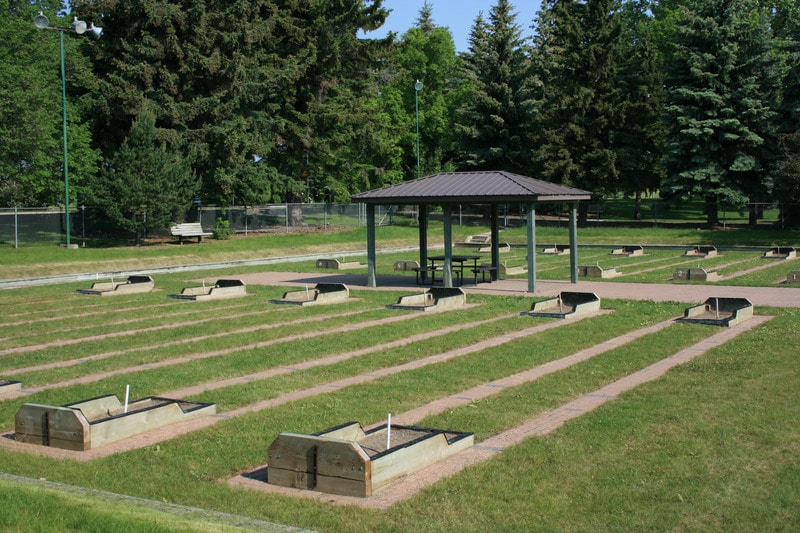Introduction: In our modern world, connectivity is king. Whether you’re working from home, streaming your favorite shows, or simply browsing the web, a strong and reliable WiFi connection is a must. But what do you do when your signal falls short, leaving you frustrated and disconnected? Enter the long-range WiFi extender, a simple yet powerful device that can bridge the gap between you and a stronger, more stable connection. In this article, we’ll delve into the world of long-range WiFi extenders, answering frequently asked questions and shedding light on how they work their magic.
What is a Long-Range WiFi Extender?
Definition and Function
A long range wifi extender, also known as a WiFi booster or repeater, is a device designed to amplify and extend the range of your existing WiFi network. Its primary function is to capture the wireless signal from your router, amplify it, and rebroadcast it to areas where the signal is weak or nonexistent.
How It Differs from a Router
While a router creates a network and serves as a central hub for your devices to connect to the internet, a WiFi extender works alongside your router to increase the coverage area. Think of it as a signal amplifier rather than a network creator.
Benefits of Using One
- Enhanced Coverage: Enjoy WiFi access in areas that were previously dead zones.
- Improved Speed: Extenders can boost signal strength and increase data transfer rates.
- Cost-Effective: A WiFi extender can be a more budget-friendly solution than upgrading to a high-end router.
How Does a Long-Range WiFi Extender Work?
Signal Amplification
WiFi extenders achieve their extended coverage by receiving the existing WiFi signal, amplifying it, and rebroadcasting it. This amplification process allows the signal to penetrate walls and obstacles more effectively.
Extending Coverage Area
The range of a WiFi extender depends on its capabilities. Some models offer only a modest extension, while others can cover large areas, such as a backyard or a multi-story home.
Compatibility and Setup
For optimal performance, it’s crucial to choose a WiFi extender that is compatible with your router. Setting up an extender typically involves connecting it to your existing WiFi network, either through a physical cable or a wireless connection.
Selecting the Right WiFi Extender
Determining Your Needs
Consider the size and layout of your home or workspace. Do you need coverage in a single room, a multi-story building, or even outdoors? Understanding your needs will help you choose the right extender.
Compatibility with Your Router
Ensure that the WiFi extender you choose is compatible with your router’s WiFi standard (e.g., 802.11ac or 802.11ax). A mismatch can lead to suboptimal performance.
Single-Band vs. Dual-Band Extenders
Dual-band extenders support both the 2.4 GHz and 5 GHz frequency bands, offering greater flexibility and performance. Single-band extenders are more budget-friendly but may have limitations in crowded WiFi environments.
Installing and Configuring Your Extender
Placement Tips
The location of your WiFi extender matters. Place it midway between your router and the area where you need coverage. Avoid obstructions like walls and metal objects.
Security Considerations
Secure your extender with a strong password to prevent unauthorized access. Most extenders come with built-in security features, but it’s wise to configure them properly.
Connecting to Your Existing Network
Follow the manufacturer’s instructions to connect your extender to your existing WiFi network. This typically involves accessing the extender’s settings via a web browser and following a guided setup process.
FAQs (Frequently Asked Questions)
Q1: Can I use multiple extenders in my home? Yes, you can use multiple extenders to create a network with extended coverage. However, be cautious not to create overlapping coverage areas, as this can lead to interference and reduced performance.
Q2: Do extenders slow down my internet speed? While extenders can reduce the speed slightly due to the amplification process, modern models are designed to minimize this impact. High-quality extenders should not significantly slow down your connection.
Q3: Can I use an extender with any router? In most cases, yes. WiFi extenders are designed to work with a wide range of routers. However, for optimal performance, it’s advisable to check for compatibility before purchasing.
Q4: Are there alternatives to WiFi extenders for improving WiFi coverage? Yes, alternatives include mesh WiFi systems and powerline adapters, each with its own advantages and disadvantages. Research these options to determine which best suits your needs.
Conclusion: A long-range WiFi extender can be a game-changer for those struggling with WiFi dead zones. By understanding how these devices work, selecting the right one for your needs, and following proper setup procedures, you can enjoy a stronger and more reliable WiFi connection throughout your home or workspace. Don’t let weak WiFi signal hold you back; extend your reach and stay connected!





